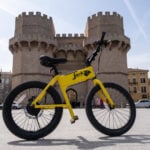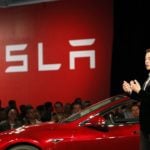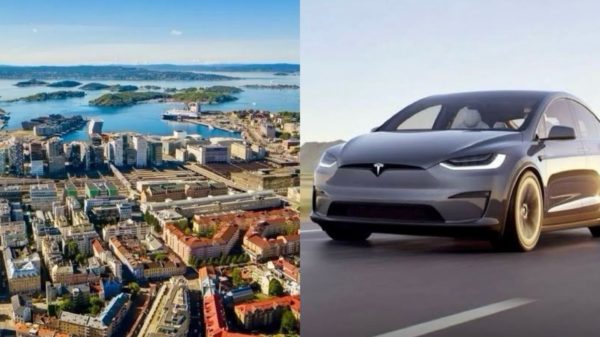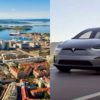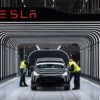In the past few decades, the industrial boom has led to a sharp rise in air pollution. For example, residents of high population-dense cities like London and Mumbai have gotten used to the repeated appearance of smog. An example of some sources of air pollutants that even you probably encourage are fumes from power plants that generate electricity by burning fossil fuel. Some other examples are exhaust fumes from many automobiles that ply our roads, and recurrent incidents of wildfires. Unfortunately, our air pollution index has reached an all-time high in recorded history.
Now, there have been several initiatives from the government, the private sector, and academia to halt the build-up of carbon emissions and greenhouse gases in the Earth’s atmosphere. However, all the efforts put together have only solved a handful of the problems. This is why a team of college students decided to give automobile makers a run for their money.
The students in question have successfully developed a solar-powered car that could help reverse the havoc that has been wrecked on the earth’s ozone layer. Their intention was not just to bring the Emission of vehicles to zero but to equally assist in mopping up the carbon dioxide already polluting the air. Since electric cars don’t burn fossil fuel to run, they do not contribute to the daily stats of carbon emissions.
The brains behind this project are studying at Eindhoven University of Technology, in the Netherlands. In all, their goal is to achieve sustainable consumption and utilization of energy. While there are several prototypes and commercial versions of electric vehicles out there, the selling point of Zero Emissions Mobility (ZEM) is it can also mop up stray carbon dioxide from the air. They were able to achieve this by attaching a carbon sponge device to the underbelly of the electric car. Also, the students encouraged sustainability in their production process as they recycled plastic waste and 3-D printed it to make the body of the ZEM prototype car.
Of course, it’s easy to give birth to ideas, but giving an idea to life often involves financial commitments. So, to bankroll the project, the students had to adopt a liaison with a partner in the industry. Companies like SimaPro software, Cleantron, and Watllab, seeded some of the required items for the project. For example, Cleantron is a Dutch company in the production of lithium batteries; Watllab produces solar panels, and PRe Sustainability is the developer of the SimaPro software.
The SimaPro software helped the students monitor the carbon footprint of the prototype while also encouraging a collaborative exchange of data during the study. Likewise, solar panels supply about 15 percent of the charge on Lithium batteries.
To achieve the carbon-scrubbing initiative, the students installed two massive carbon filters on the underbelly of the electric car. As the car travels, air flows through the filter, which in turn has a mechanism that helps it attract carbon dioxide in the air flowing through. However, the little quirk is that the filter has to be emptied after every 200 mi drive. Of course, if the innovative car ever gets to be produced commercially, the trouble of having to empty a carbon filter under the car needs to be eliminated. So, the students designed an EV charging station where besides charging the car batteries, an added service provided is the removal of the collected carbon dioxide. In fact, since the collected carbon could still be used for other purposes, the carbon could serve as payment for charging your EV car.
While the ZEM car does not yet mop up as much carbon dioxide as an average tree, the research has demonstrated that it could be further improved to contribute to carbon negativity on Earth. Also, it would help the already thriving EV car industry to see the potential of incorporating carbon-scrubbing technologies into their products.
The 35 Dutch students responsible for the project idea are already enjoying global attention for their progressive and climate-friendly innovation. They were even interviewed recently by CNN, giving their work even wider publicity.






